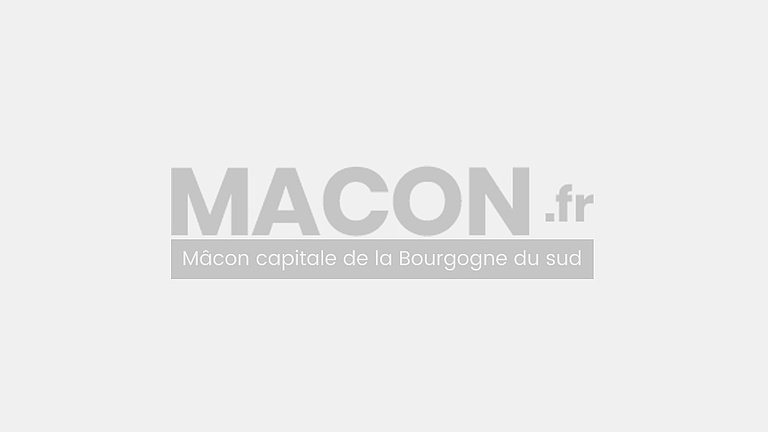Breaking with tradition
Hippolyte Petitjean and Auguste Pointelin began to distance themselves from observed landscapes through their very personal interpretations, the former through a precise study of colour and the latter through a simplification of forms, imbuing the composition with a more poetic quality.
From 1910 onwards, Georges Braque and Pablo Picasso experimented with a new approach to representing reality - analytical cubism. They rejected traditional perspective with its single viewpoint and depicted fragmented objects.
Following these early experiments, Picasso analysed the constituent parts of the object in their entirety, so as to be able to capture their very essence and recreate it on canvas. The approach influenced a number of artists who, like Jean Metzinger and Albert Gleizes, helped to disseminate the movement. The two of them exhibited at the Salon des Indépendants in 1911, along with Fernand Léger and Robert Delaunay, and published their book Du Cubisme the following year. Their ideas, which were also disseminated in the Cahiers idéalistes or perceptible in the group exhibitions organised by the Galerie de l’Effort Moderne, led to different works which reflected different artistic personalities. Jacques Villon focused on the constructive power of colour, Georges Valmier progressed to more curved lines and decorative compositions, whilst Emmanuel Gondouin followed André Lhote in remaining faithful to a more figurative depiction of the landscape.



